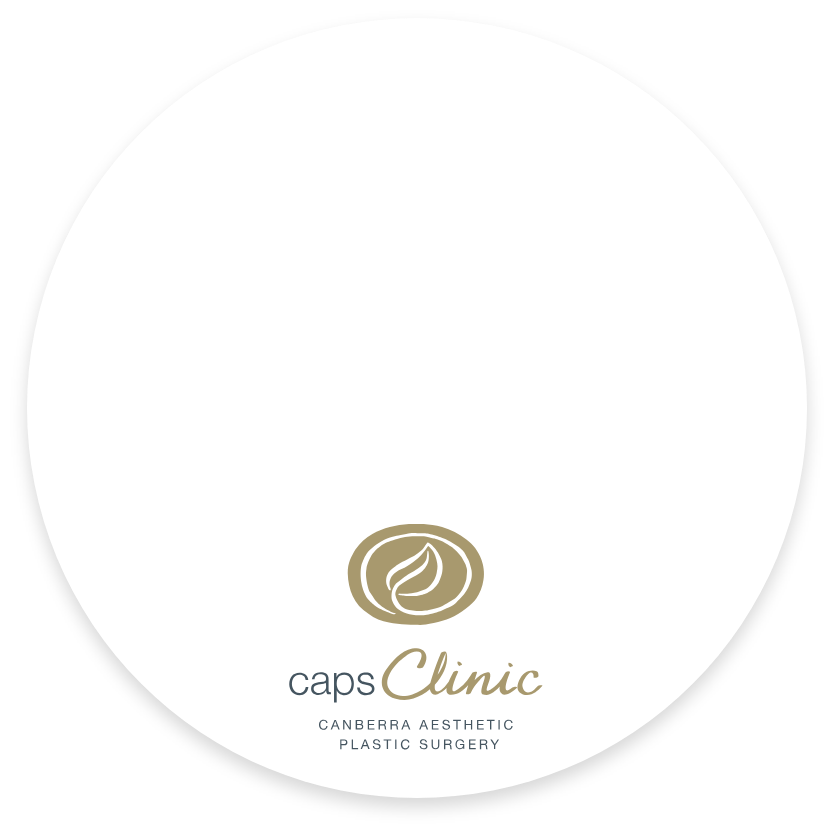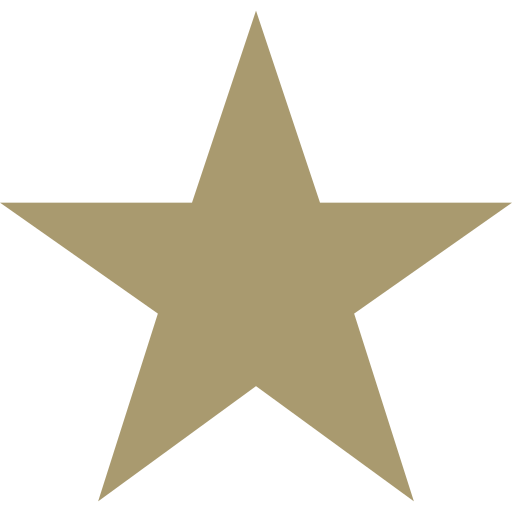
If you want to modify the shape or function of your nose, you might be considering rhinoplasty, or corrective nasal surgery. Rhinoplasty surgery can be performed for many reasons, to correct post traumatic nasal deformity, congenital deformity, to reshape features of the nose or to address breathing difficulties.
It’s not just obstruction and deviation that leads to a bad airway, it is often collapse and poor angles internally and externally. Cartilage taken from humps and obstructions can be reinserted as struts and braces to stabilise the airway, assisting breathing difficulties.
Dr Alastair Taylor (Bachelor of Medicine, Bachelor of Surgery | The Fellowship of the Royal Australasian College of Surgeons | MED0001401767)
Find out more about our treatments by selecting an option from the drop down menu.
Rhinoplasty, or corrective nasal surgery, is the medical term for nose surgery designed to reshape or repair the nose by modifying the appearance and/or function of the nose. Rhinoplasty is frequently performed with a septoplasty (straightening the internal nose) and turbinectomy (improving the nasal airway).
Changes to the nose are made by removing or shifting the underlying cartilage and bone framework. Cartilage grafts are used on every nose to either fill out contour or to support the tip and prevent it sagging. Most rhinoplasties are performed as an open operation. This allows Dr Taylor to stitch cartilage grafts in place, ensuring that they do not move or cause asymmetry. The skin of the nose, elevated from the framework during the operation, is then re-draped over the top.
The objective of the operation is to produce a nose with no obvious irregular shadows or light spots.
Options are discussed with patients at all stages of the consultation process. Patient expectations are given realistic outcomes, large noses cannot be made into small noses but frequently they can be made to look smaller with subtle reductions to some areas and additions to others.
The rhinoplasty takes 2 to 3 hours under general anaesthetic and requires an overnight stay. You will require 2 weeks off work and up to 6 weeks before returning to normal activity.
Bruising, swelling and pain are to be expected. Taking regular oral pain medication can assist you to be more comfortable.
After your splints, plaster and sutures are removed, you will be able to breath again through your nose, though you won’t be able to blow it for another week, with full airway recovery taking 3 months.
Reshaping the nose is not just about light shadowing and proportion, it is an opportunity to improve the airway and therefore the function of the nose.
Dr Alastair Taylor (Bachelor of Medicine, Bachelor of Surgery | The Fellowship of the Royal Australasian College of Surgeons | Provider No. MED0001401767)




ANY SURGICAL OR INVASIVE PROCEDURE CARRIES RISKS. BEFORE PROCEEDING, YOU SHOULD SEEK A SECOND OPINION FROM AN APPROPRIATELY QUALIFIED HEALTH PRACTITIONER (EG. YOUR GP).
Dr Alastair Taylor (Bachelor of Medicine, Bachelor of Surgery | The Fellowship of the Royal Australasian College of Surgeons | Provider No. MED0001401767) will discuss the general and specific risks during your consultation, where you can ask questions and discuss any concerns you may have. Is it important that you have enough information to weigh up the benefits, risks and limitations of your surgery. You will also be provided with more information to take home and read, and discuss with your family or loved ones.
Risks specifically associated with rhinoplasty surgery may include:
Some general risks and complications of surgery may include:
Your rhinoplasty surgery will be performed at our private hospital, Sole’vita Surgery, a licensed medical hospital accredited under the National Safety and Quality Health Service (NSQHS) Standards. Sole’ vita Surgery is part of The CAPS Clinic, with all services conveniently based in the one location in Deakin, Canberra. There may be the option to have this surgery performed at National Capital Hospital or John James Hospital.
Our facilities include modern surgical theatres, sterilisation services and recovery areas. Our overnight rooms feature flexible privacy glass-panelling and a personal ensuite.
All of the Sole’ vita team are fully qualified and registered medical personnel, with no more than 5 patients staying at once, our patient-to-nursing-care ratio is very high.
We believe in providing an overnight stay after your rhinoplasty surgery, so that you can take your time to rest and recover. This allows us to ensure your pain relief and any postoperative nausea is well controlled before being discharged.
Dr Alastair Taylor (Bachelor of Medicine, Bachelor of Surgery | The Fellowship of the Royal Australasian College of Surgeons | Provider No. MED0001401767) is a highly qualified Specialist Plastic and Reconstructive Surgeon. Learn more about Dr Taylor.
Dr Taylor leads a dedicated team of qualified health care professionals, including anaesthetic staff and nurses, who work in the Sole’vita Surgery private hospital. His team have built a reputation for quality and are committed to achieving results for our clients whilst providing personalised care, with your safety, privacy and comfort at the forefront of all work.
In some cases like previous trauma or breathing difficulties, a Rhinoplasty will attract both a Medicare and health fund rebate. Dr Taylor will assess this during your consultation.
Fees include Dr Taylors surgeon fee, Anaesthetist fee, Theatre and the Overnight Stay in Hospital costs, starting from $15,000.
To receive a formal quote you are required to have a consultation with Dr Taylor. The quote for the cost of your surgery is valid for 3 months. Some fees may not be included in this quote, including medications, pathology, physiotherapy and costs arising from any complications. Further information will be provided to you during your consultation.
Dr Taylor’s fee includes:
To help you prepare for your rhinoplasty surgery and enhance your recovery, we offer you a pre-surgery program to start 4 to 6 weeks prior to your surgery. This includes taking a multivitamin to aid recovery and get you back on your feet faster. We also recommend an effective herbal medication to reduce the bruising and swelling associated with your surgery. You will also need to stop certain medications leading up to your surgery and we recommend ceasing smoking six weeks prior.
Planning for your surgery and your recovery in advance is vital. Understanding what you can and cannot do will ensure you are not put in a position where you put yourself or the success of your surgery at risk. All this will depend on your personal situation. Dr Taylor insists you refrain from any major or minor physical duties and take two weeks off work. You will be provided with a discreet medical certificate to accommodate any time required off work.
On discharge from Sole’vita Surgery we recommend:
After your operation, you will have dressings in place, including splints, plaster and sutures.
You will stay overnight in our Sole’vita Surgery private hospital. Dr Taylor will check on your recovery the next day, and our nursing staff will assist with your discharge, including wound care and management of your dressings, prescriptions for medications, and follow up appointments. You will be discharged with a plaster on your nose and possibly splints in your nose.
Bruising and swelling from the surgery is to be expected, and there will be discomfort. Taking regular oral pain medication can assist you to be more comfortable, and steps are taken to reduce bruising and swelling.
You are encouraged to take 2 weeks off work and plan not to be back to normal routine and activity for at least 6 weeks.
Five days after your surgery, you will come to Sole’vita Surgery to have your splints, plaster and sutures removed and your wound checked by one of our nurses. After this, you will be able to breath again through your nose, though you won’t be able to blow it for another week, with full airway recovery taking 3 months.
You will have follow up appointments with Dr Taylor at both the 6 week and 6 month stage of your journey.